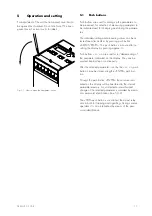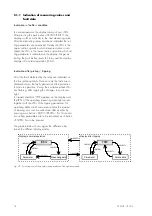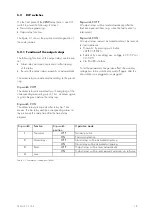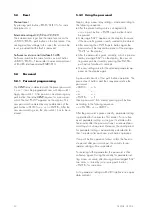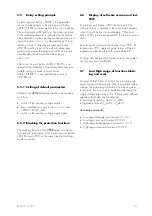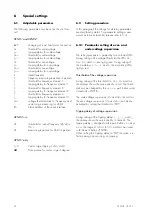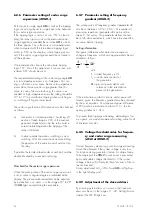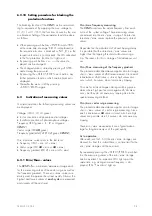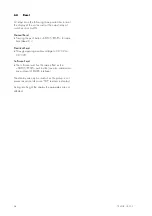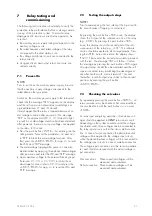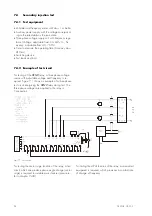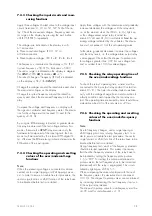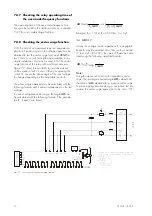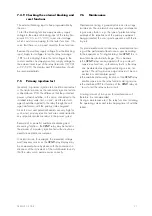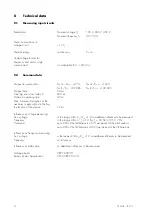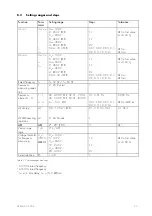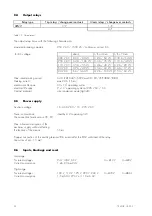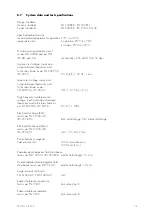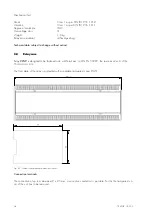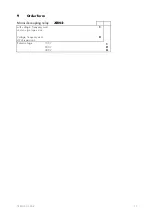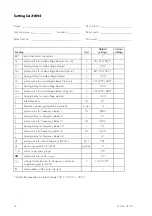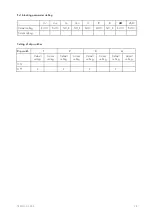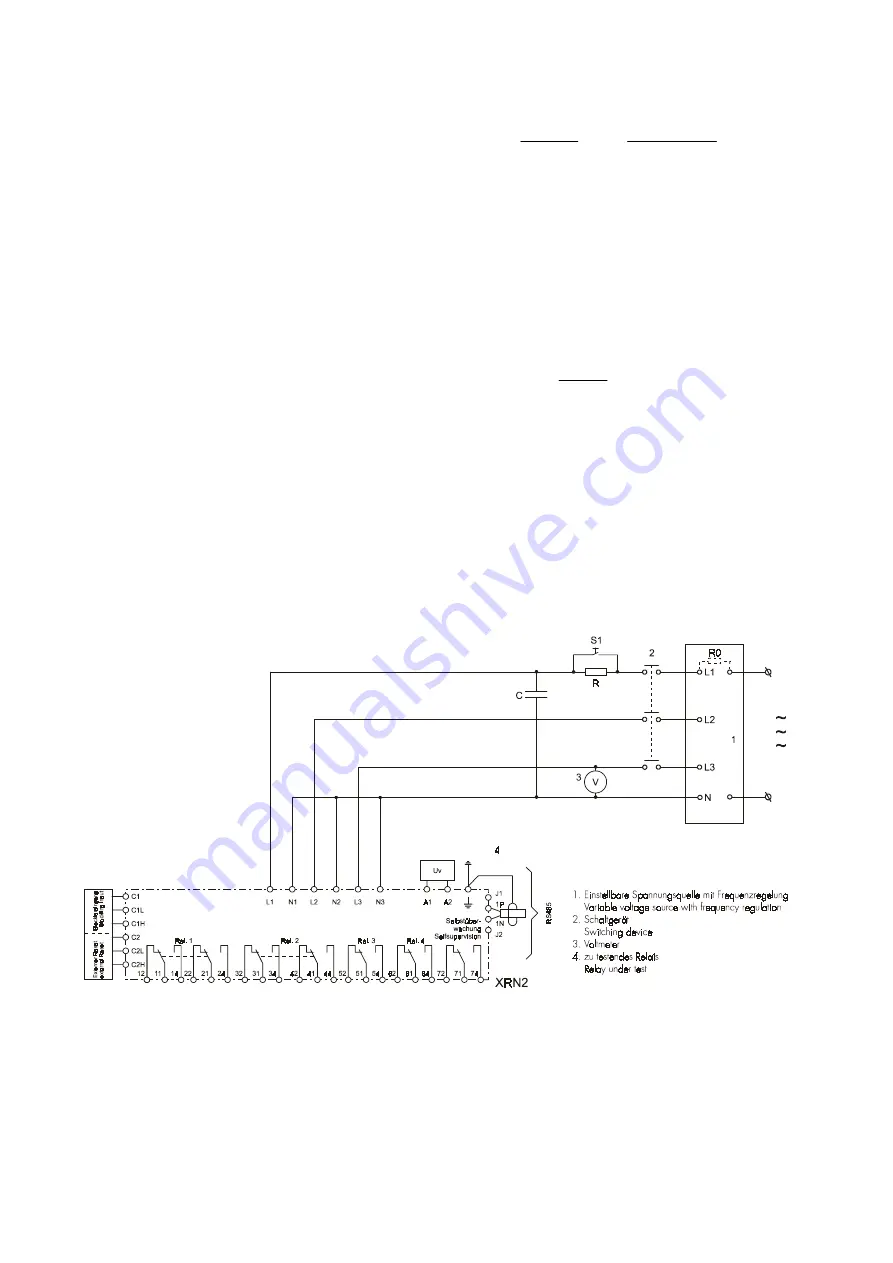
30
TB XRN2 02.00 E
7.4.7
Checking the relay operating time of
the over/underfrequency functions
The operating time of the over/underfrequency func-
tions can be tested in the similar manner as in chapter
7.4.5 for over/undervoltage functions.
7.4.8
Checking the vector surge function
With the help of an advanced relay test equipment a
phase shift (vector surge) on the voltage signal can be
obtained to test the vector surge function of
XRN2
re-
lay. If there is no such testing facility available, a very
simple simulation circuit may be used to test the vector
surge function of the relay with a sufficient accuracy.
Figure 7.2 shows the possibility to simulate a phase
shift by means of a RC circuit. Closing or opening the
switch S1 causes the phase angle of the input voltage
to change depending on the adjustable resistor R.
The phase angle obtained may be calculated with the
following formula and is almost independent on the test
voltages.
In case of a 3-phase vector surge, the angle
∆Θ
can
be calculated with the following formula if the parame-
ters R
0
, R and C are known:
(
)
∆Θ
ω
ω
=
⋅ ⋅
−
+ ⋅ ⋅
arctg
1
R
C
arctg
1
R
R
C
0
0
Example: R
0
= 1 Ohm, R = 363 Ohm, C = 3 µF
then:
∆Θ
≅
19°
Usually the voltage source impedance R
0
is negligible,
hence R
0
may be assumed zero. Thus, with a constant
C, says 3 µF (400 VAC), the value of R may be calcu-
lated using the following simplified formula:
∆Θ
ω
=
°−
⋅ ⋅
90 arctg
1
R
C
Note!
Using the above test circuit with single-phase vector
surge, the resulting measured angle
∆Θ
is about half
the value of
∆Θ
calculated for a 3-phase vector surge.
To make tripping possible during a one phase test pro-
cedure, the vector surge tripping has to be set to "1Ph".
Fig. 7.2: Test circuit for the vector surge function
Summary of Contents for XRN2
Page 1: ...XRN2 Mains decoupling relay ...
Page 40: ...40 TB XRN2 02 00 E ...


